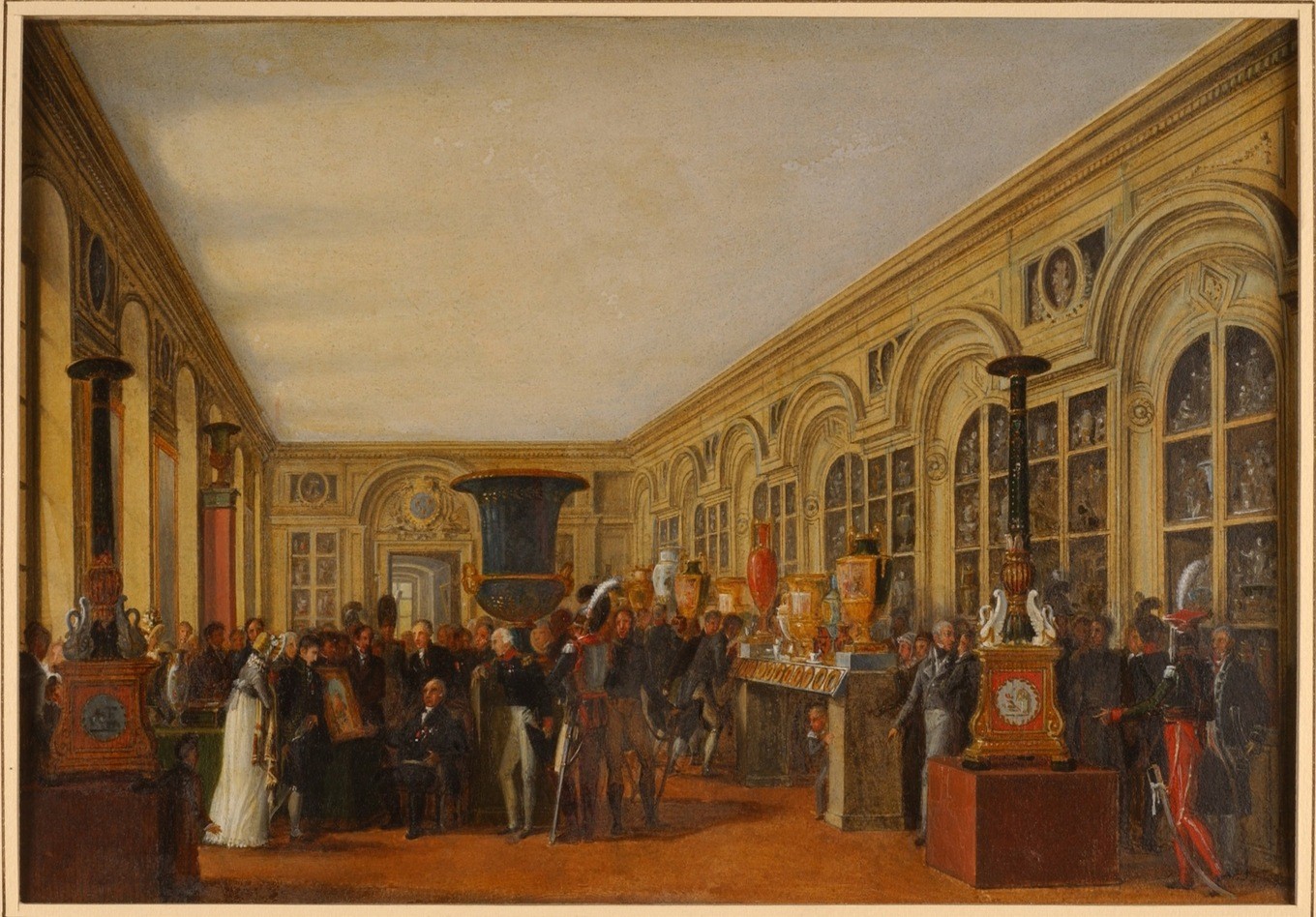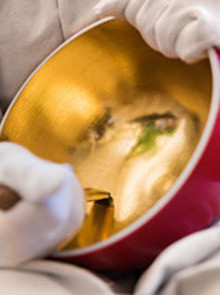200 years after its creation, the National Ceramics Museum houses a world-renowned collection of nearly 50,000 works, gathering together masterpieces from all periods and all corners of the world, as well as contemporary creations and works produced on-site at the Manufacture.
Director of the Manufacture de Sèvres for the entire first half of the 19th century, Alexandre Brongniart (1770-1847), a brilliant scientist, chemist and mineralogist, was the impetus for the founding of the original Ceramics and Glassmaking Museum, inaugurated in 1824.
Representing a new museum genre, focusing on technology, science and education, this establishment was meant to present the most varied examples of ceramic creation from around the world and through the ages, to thereby serve as inspiration to the Manufacture’s artisans and artists, while also serving researchers, manufacturers and scientists.

Benefitting from collections entrusted to the Manufacture since the late 18th century (notably the Greek vases of the Vivant Denon collection and an ensemble of paintings and drawings by Alexandre-François Desportes and Jean-Baptiste Oudry, animal painters to Kings Louis XIV and Louis XV), the museum also housed a collection of clay and earth samples from all over France and from numerous other countries (provided by French prefects and a network of collector-travellers). Alexandre Brongniart’s keen interest in ceramic techniques and expertise from around the world led him from as early as 1808 to acquire for the museum extra-European works, notably Chinese productions.
Under the impetus of his successors – notably the erudite collector Champfleury (1821-1889) – from 1872 to 1889, the museum was progressively transformed into a museum of decorative arts, with works selected according to more historic and aesthetic criteria. Cradle of the nascent scientific discipline of “ceramology”, this original collection for study and inspiration would be enriched by donations from numerous private collections, as art collectors and enthusiasts became involved in the museum’s ongoing evolution.
In 1876, the museum’s relocation to a specially built edifice resembling a classical palace on the Seine River, next to the Manufacture, lent the ceramic arts greater international recognition and visibility.
Today, this prestigious museum accords numerous loans to other institutions, both in France and abroad. It also actively participates in the organization of off-site exhibitions.


















